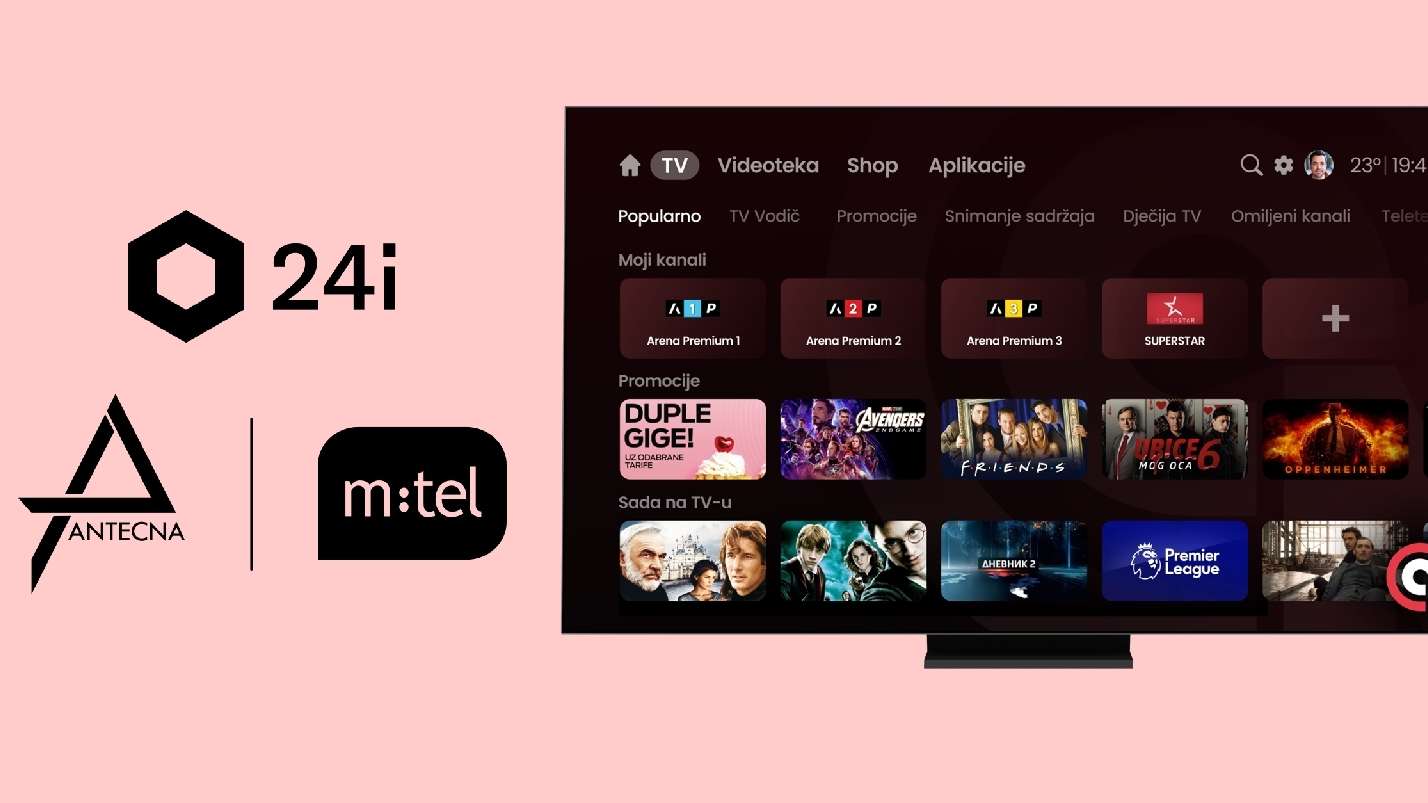Streaming video is everywhere today – from subscription services packed with movies and TV episodes to social media, work memes, and clips shared with friends and family. This poses a problem for mobile network operators, whose networks were not originally built to handle the bandwidth level that streaming video requires, as well as video service providers, who are seeing their streams throttled by networks unable to keep up with the data required, leading to unhappy viewers.
Teams working towards identifying the perfect balance between data usage and video quality need to benchmark their own application against multiple others on real devices and network conditions. With these accurate measurements obtained non-intrusively on real devices, teams can optimise their app settings to deliver the ideal mix of streaming video quality.
The Issue with Streaming Video Bandwidth Usage
The bandwidth required for streaming video has become a critical concern for both video service providers and mobile network operators worldwide. That’s not just streaming services like Netflix driving traffic, but also popular apps like YouTube and social media platforms like TikTok, which alone uses an average of 850MB of mobile data per hour. Networks don’t have the infrastructure required to facilitate that much data usage from all of their customers. Maintaining strong network performance is difficult when streaming video is using so much data, and throttling the customers to preserve data can lead to churn when implemented incorrectly or without regard for real viewers.

This is an issue not just for mobile network operators, but for video service providers as well. They want to deliver a strong viewing Quality of Experience to their customers in order to keep them satisfied, which is difficult if their stream is being throttled for using more bandwidth than a mobile network can support. Video service providers need to find the optimal video quality settings to deliver a strong Quality of Experience without using more data than the network can handle or viewers would appreciate. Unlimited growth of video quality requires unlimited resources, not to mention building new technical infrastructure. The goal for mobile network operators and video service providers is finding a balance.
Comparing Streaming Data Usage and Video Quality of Experience
To address this issue, teams should utilise technology to deliver a superior viewing Quality of Experience, while reducing mobile bandwidth usage. This can be achieved through analysing accurate measurements of a video app’s mobile data usage, responsiveness, and video quality across different app builds and running on different devices and networks. With this valuable data, teams can fine-tune their video app or mobile network settings to avoid using more bandwidth than necessary or building entirely new infrastructure to handle the excessive data load.
This critical data needs to be captured on real devices and networks to accurately measure the quality that viewers experience. The technology behind video apps has become so complex with HTTP2/3, QUIC, a mix of TCP and UDP transport, native IPv6 vs IPv4 tunneling, closed CDN, edge computing, and local caches with open cache initiatives that it is virtually impossible to predict an end result without measuring the real application on a real device and network. This non-intrusive approach can automatically and natively test the video app without requiring prior insight into the app or network it’s running on to accurately measure a video app’s data consumption and streaming quality across different app builds, devices, and mobile networks. Once the data has been measured, teams can analyse it to compare throughputs over different networks, see the impact different data usage settings have on video quality, and compare bandwidth usage over cellular data and Wi-Fi.

With this data from real devices, teams can also directly compare their mobile network or video app to local and global competition. They need to analyse the real device results to compare how much data a video app consumes on one mobile network versus another, as well as how their video quality offerings measure up to other streaming apps. Benchmarking empowers companies to make informed decisions about optimising bandwidth management, data throttling, and video quality options while still maintaining the optimal user experience and maximising ad revenue. It helps providers save energy and resources while keeping customers happy.
Optimising the Path Forward
With data consumption on the rise mobile network operators need to effectively manage limited bandwidth resources right now. Video service providers need to stream their videos at a quality that satisfies viewers without being throttled by networks or consuming too many resources. This can only be achieved through measuring video apps exactly like real users do, and utilising the resulting data to stay competitive, reduce energy consumption, and offer viewers a strong viewing experience. In a crowded video market, that’s a must.

Blackmagic URSA Cine Immersive camera released for pre-order
Blackmagic Design has started taking pre-orders for its new Blackmagic URSA Cine Immersive camera, specifically designed to capture Apple Immersive Video for Apple Vision Pro.

More of everything with SNS EVO
Studio Network Solutions (SNS) is set to showcase significant updates to its EVO Suite.

Spain’s TV3 picks TVU Networks tech
Catalonian broadcaster TV3 has integrated TVU RPS One’s 5G field units for synchronised multi-camera remote production. The broadcaster has also strengthened its partnership with TVU Networks by adding TVU G-Link, an ultra-low latency IP-based distribution system, to its workflow.

Accedo updates Accedo One platform
Accedo has announced a number of updates to its SaaS platform, Accedo One, including advanced personalisation and analytics.

Frequency expands managed channel services to Europe
Frequency, which supports a number of streaming television channels, announced the European expansion of its managed channel services (MCS) division. Launched in the US to support rights holders and brands creating premium FAST channels, Frequency is now extending MCS and its channel offerings to English-speaking Europe, with plans to enter language-specific territories in 2025.


